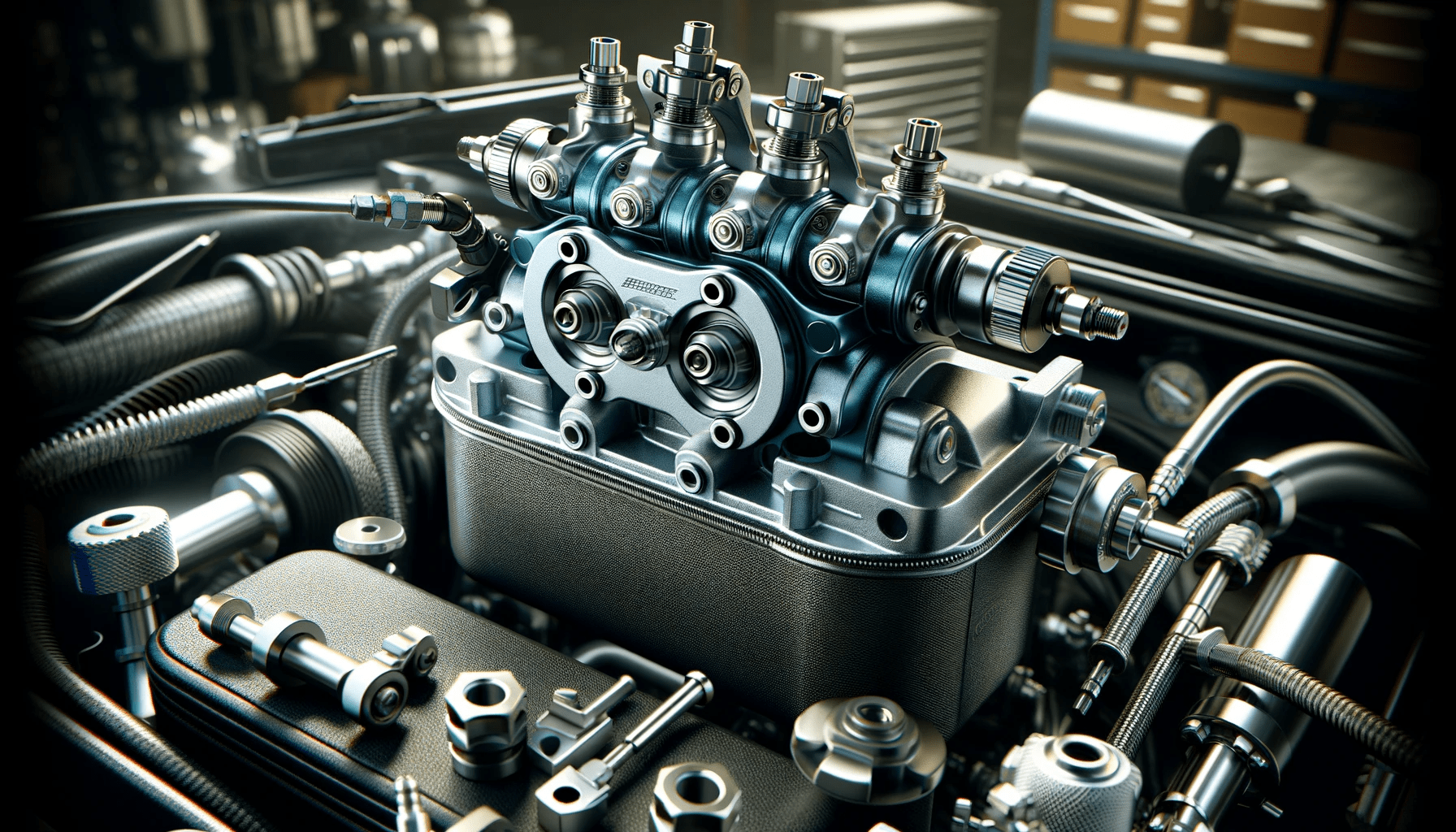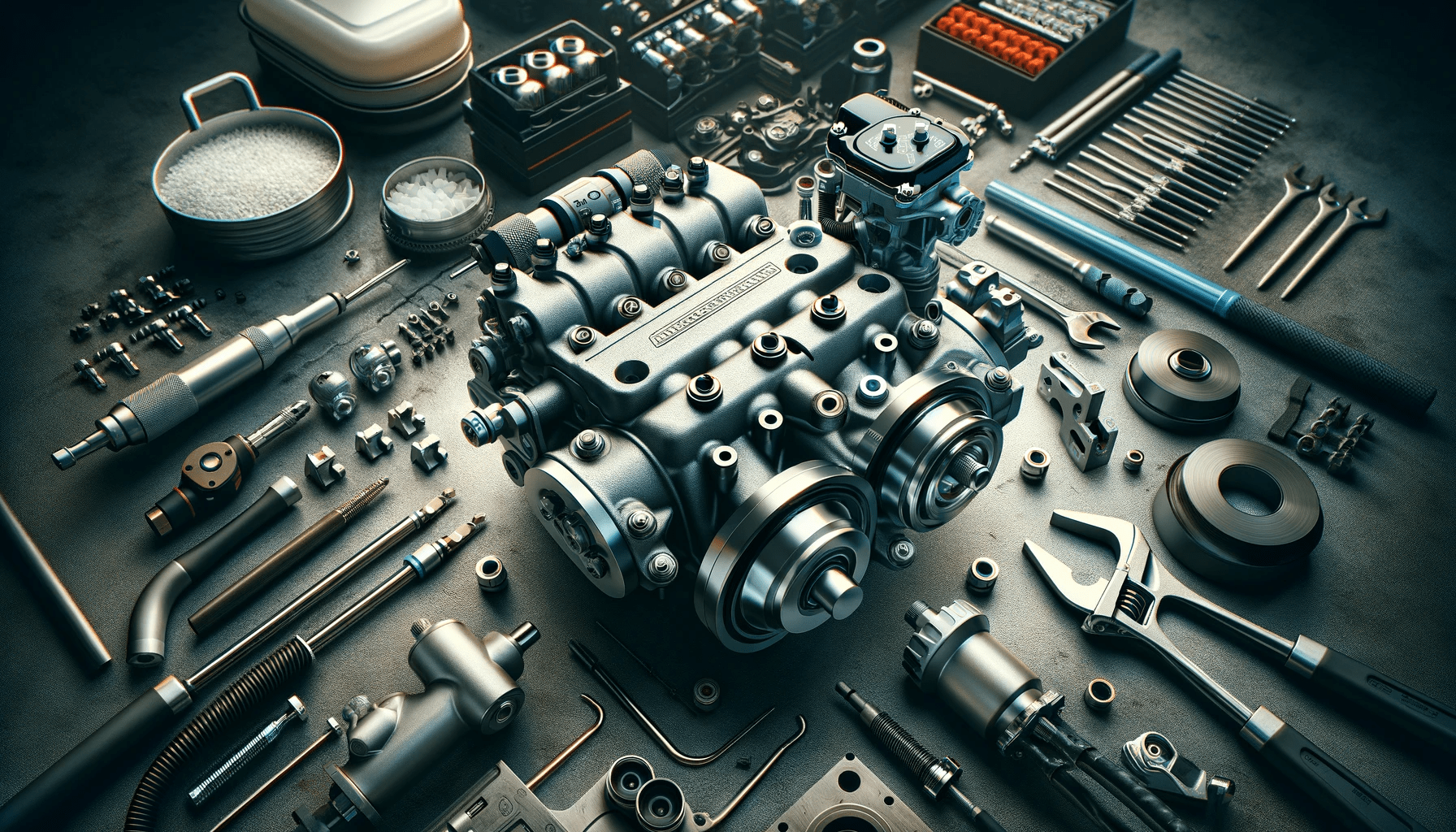Key Takeaways
| Feature | Benefit |
|---|---|
| Bigger Bore Size | Increased fluid displacement for stronger braking force. |
| Higher Quality Materials | Enhanced durability and heat resistance. |
| Compatibility | Must match with the brake system components. |
| Brand Selection | Choose reputable brands for reliability and performance. |
| Professional Installation | Ensures correct fitting and safety. |
When it comes to car performance, every component counts, and the master cylinder is no exception. It’s the heart of the braking system, dictating your stopping power. Upgrading master cylinders can mean the difference between good and great braking. But before you go shopping, here’s what you need to know.

Understanding Master Cylinders
Master cylinders are designed to convert pedal pressure into hydraulic pressure. Upgrading to a more robust master cylinder can provide a firmer pedal feel and more consistent braking.
Bigger Bore, Bigger Power
Opting for a master cylinder with a larger bore size increases the fluid displaced, resulting in a more forceful brake application. But beware, it’s a delicate balance—too large and you’ll be leg-pressing the pedal.
Material Matters
High-quality materials like aluminum offer better heat resistance and longevity. They’re lighter too, shaving off those crucial pounds for performance enthusiasts.
Compatibility is Key
Your upgraded master cylinder must be compatible with your brake system. This means the right size, fluid capacity, and connections for your lines and sensors.
Selecting the Right Brand
Choose a brand that stands for quality and performance. A reputable brand ensures you’re getting a product that’s been through rigorous testing.
DIY or Pro?

Installing a master cylinder isn’t rocket science, but it’s not child’s play either. For safety, professional installation is recommended.
The Upgrade Path
- Evaluate Your Needs: Are you adding more weight to your car or upgrading your brake calipers? Your master cylinder should match your brake system’s demands.
- Choose the Right Fit: Use the specifications of your current system as a starting point. Don’t guess—measure twice, buy once.
- Quality Over Cost: It might be tempting to save a few bucks, but with braking components, quality should never be compromised.
- Installation: If you’re not an experienced mechanic, find a pro. An improperly installed master cylinder can lead to brake failure.
- Test Drive: Always test your brakes in a safe environment after any upgrades. It’s not just about performance; it’s about safety.
Brake Upgrades and Maintenance
Upgrading your master cylinder can have a domino effect. Consider upgrading your brake rotors and performance brake pads for a complete overhaul. And never forget the importance of regular maintenance, like brake fluid types and regular brake checks.
| Upgrades | Benefit |
|---|---|
| Master Cylinder | Directly affects pedal feel and braking efficiency. |
| Brake Rotors | Can improve heat dissipation and reduce fade. |
| Performance Brake Pads | Increase stopping power and are more durable under stress. |
| Brake Fluid | Ensures optimal hydraulic pressure and brake response. |
| Regular Checks and Maintenance | Maintains system integrity and performance. |
Final Thoughts on Upgrading master cylinders
An upgraded master cylinder is a serious step towards a superior braking system. It’s an investment in your car’s performance and, more importantly, your safety. Do your research, buy quality, and keep it maintained. Remember to also explore brake cooling solutions to complement your upgraded system and maximize performance.
Ready to stop on a dime? Upgrading your master cylinder, paired with the right ABS system improvements, can transform your ride from factory to fierce. Just make sure to buckle up; you’re in for a gripping experience!